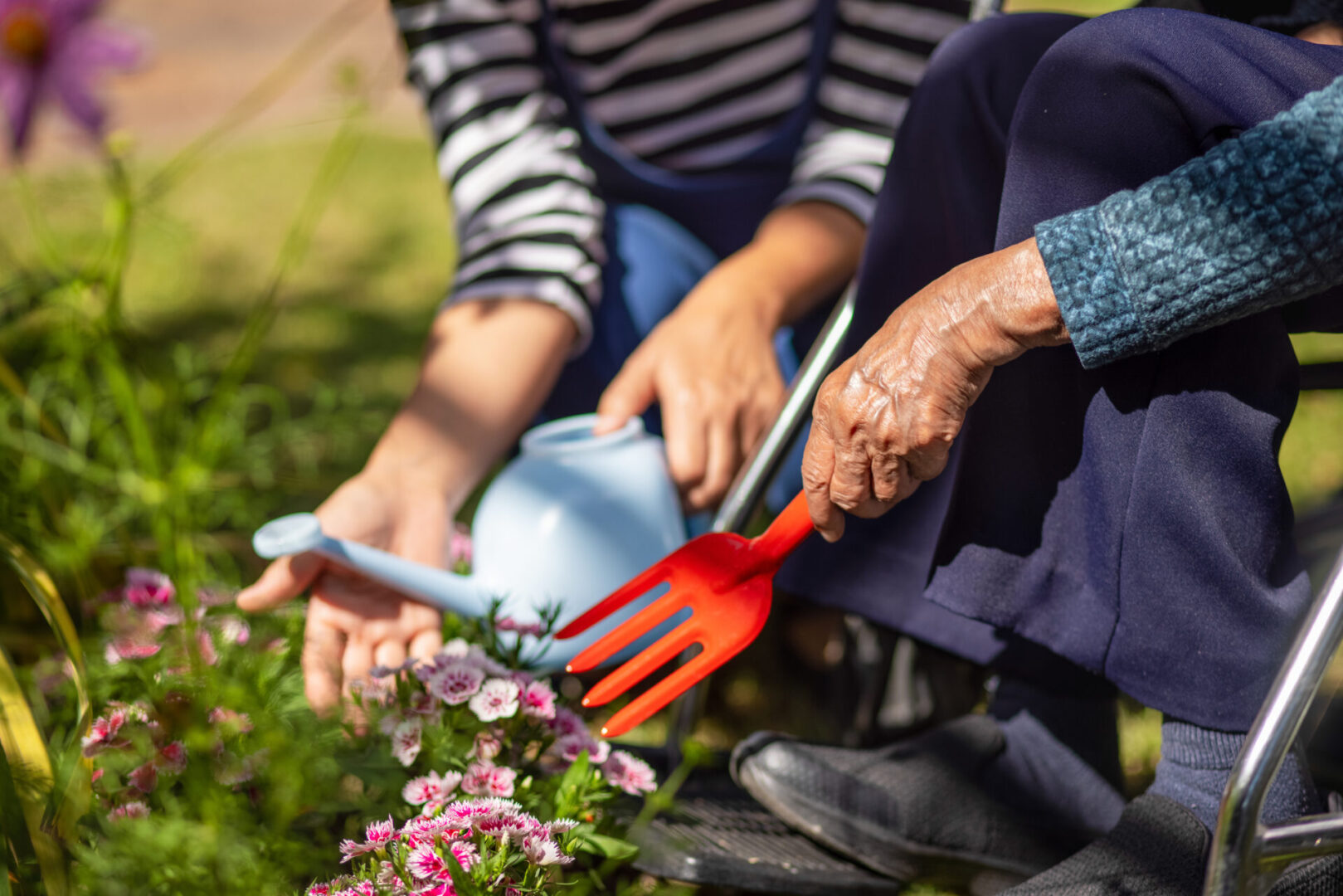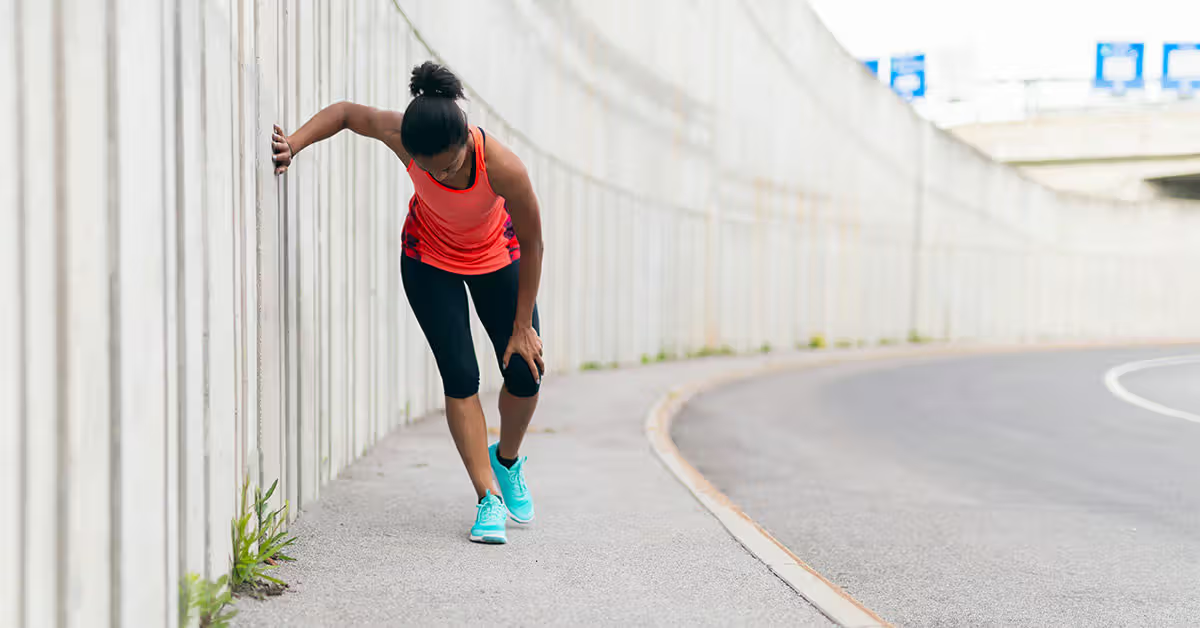We are currently experiencing the third boom in running participation. Running has become one of the most popular physical activities worldwide, engaging millions of people across different age groups and countries. Participation rates range from 8.5% to 11.3% among adults across the Americas and the Western Pacific, respectively. Beyond participation, running it is a powerful tool for health promotion, with proven benefits for physical, mental, and social well-being, with previous research highlighting that running reduces the risk of:
- All-cause mortality by 27%
- Cardiovascular mortality by 30%
- Cancer mortality by 23%
- Mental health disorders, such as anxiety and depression
- Social isolation by fostering community engagement
Associated with these benefits, running is considered a low-cost activity that requires minimal equipment—a pair of shoes and an open space are often enough. These characteristics make running a democratic form of physical activity, reaching individuals from diverse socioeconomic backgrounds. Nevertheless, opportunities to engage in running are still unequal for certain population subgroups. To maximize its public health impact, running should be incorporated into national and local strategies through policy-driven initiatives that enhance accessibility. Community-based programs, such as Park Run (https://www.parkrun.com/), a weekly 5K event in public parks; Sanctuary Runners (https://sanctuaryrunners.ie/), which connects migrants and locals through running; and Free to Run (https://freetorun.org/), focused on empowering women in conflict zones through sport, have demonstrated benefits that extend beyond individual health. These initiatives strengthen social bonds, encourage active lifestyles, and foster community engagement, making cities and neighborhoods healthier and connected.
Furthermore, running aligns with global health and sustainability initiatives. Unlike activities that depend on expensive infrastructure, running thrives in urban parks, trails, and open spaces. It promotes sustainable lifestyles by encouraging outdoor physical activity, increasing contact with nature, and providing psychological benefits, such as reduced anxiety and fatigue, enhanced vigor, and overall well-being. This perspective supports the shift toward a more holistic understanding of health, that moves beyond the subject and incorporates all living systems. By doing so, it reinforces the idea of running as a sustainable physical activity as a key element in promoting healthier and resilient communities.
As running continues to grow, it is important to recognize the potential of running to act as a tool for public health, social cohesion and sustainability, in order to face global challenges of health promotion. We must expand access, support grassroots initiatives, and embed running into public health and urban planning strategies.
The world is running—let’s embrace it!
References
- Wicks, C.; Barton, J.; Orbell, S.; Andrews, L. Psychological benefits of outdoor physical activity in natural versus urban environments: A systematic review and meta-analysis of experimental studies. Appl Psychol Health Well Being 2022, 14, 1037-1061, doi:10.1111/aphw.12353.
- Gelius, P.; Till, M.; Messing, S.; Tcymbal, A.; Abu-Omar, K. Must we tell people to be less active? The dilemma of physical activity recommendations from a holistic health perspective. German Journal of Exercise and Sport Research 2024, 54, 21-28, doi:10.1007/s12662-023-00912-8.
- Abu-Omar, K.; Chevance, G.; Tcymbal, A.; Gelius, P.; Messing, S. Physical activity promotion, human and planetary health – a conceptual framework and suggested research priorities. The Journal of Climate Change and Health 2023, 13, 100262, doi:https://doi.org/10.1016/j.joclim.2023.100262.
- Rizzo, N. Running Boom: 28.76% of runners started during the pandemic. Available online: https://runrepeat.com/new-pandemic-runners (accessed on 01st Jun).
- Hulteen, R.; Smith, J.J.; Morgan, P.J.; Barnett, L.M.; Hallal, P.C.; Colyvas, K.; Lubans, D.R. Global participation in sport and leisure-time physical activities: A systematic review and meta-analysis. Preventive Medicine 2017, 95, 14-25, doi:https://doi.org/10.1016/j.ypmed.2016.11.027.
- Pedisic, Z.; Shrestha, N.; Kovalchik, S.; Stamatakis, E.; Liangruenrom, N.; Grgic, J.; Titze, S.; Biddle, S.J.H.; Bauman, A.E.; Oja, P. Is running associated with a lower risk of all-cause, cardiovascular and cancer mortality, and is the more the better? A systematic review and meta-analysis. British Journal of Sports Medicine 2020, 54, 898, doi:10.1136/bjsports-2018-100493.




